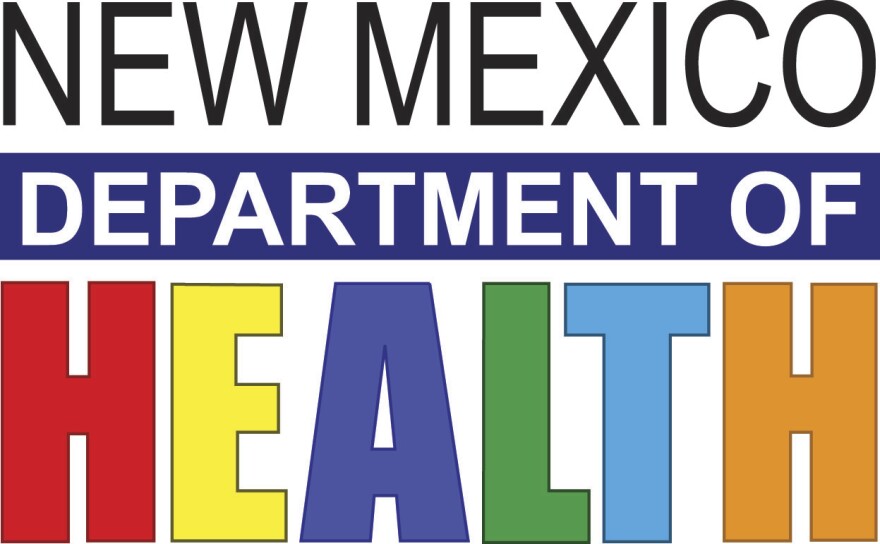Every 40 seconds, someone in the United States has a stroke. The Centers for Disease Control and Prevention reports every four minutes, one of those stroke victims die.
A stroke happens when the blood supply to the brain is blocked or when a blood vessel in the brain ruptures, causing brain tissue to die. Although many people think of stroke as a condition that affects only older adults, strokes can and do happen to people of all ages. In fact, nearly a quarter of all strokes occur in people younger than 65.
Strokes are nothing to mess with. They are medical emergencies that often lead to serious, life-changing complications that include:
• Paralysis or weakness on one side of the body.
• Problems with thinking, awareness, attention, learning, judgment, and memory.
• Problems understanding or forming speech.
• Difficulty controlling or expressing emotions.
• Numbness or strange sensations.
• Pain in the hands and feet.
• Depression.
So when responding to a stroke, every minute counts. The sooner a person gets medical treatment, the lower the risk for death or disability. These are the signs or symptoms. If you or someone you know shows these signs or symptoms, call 9-1-1 immediately:
• Numbness or weakness of the face, arm, or leg, especially on one side of the body.
• Confusion, trouble speaking, or difficulty understanding.
• Trouble seeing in one or both eyes.
• Trouble walking, dizziness, or loss of balance and coordination.
• Severe headache with no known cause.
Demographic factors such as your family medical history, age, gender, and race or ethnicity can all play a role in anyone’s stroke risk. Regardless of your background, however, there are several things you can do to lower your chances of having a stroke.
For example, cigarette smoking contributes to one in five strokes in the United States. Smoking — even exposure to second-hand smoke — can thicken the blood and make it more likely to clot. Thicker blood flow can lead to increased plaque buildup in your arteries and damage to the blood vessels leading to the brain, which can cause or worsen a stroke. So, quit smoking — or better yet, don’t start.
The New Mexico Department of Health is a partner in the U.S. Department of Health and Human Services’ Million Hearts initiative to prevent a million heart attacks and strokes by 2017. A primary focus of Million Hearts is on the ABCS of preventing cardiovascular disease, including stroke, and contribute to overall health. They are:
• A: Appropriate Aspirin therapy. Ask your doctor if taking aspirin is right for you.
• B: Blood. Keeping your blood pressure under control reduces your risk of heart attack and stroke. More than half of the world’s stroke deaths are caused by elevated blood pressure levels.
• C: Cholesterol management. Get your cholesterol checked regularly and manage it with diet and physical activity or with medication, if needed.
• S: Smoking cessation: Get help using NMDoH’s Tobacco Use Prevention and Control Program. It offers free counseling at 1-800-QUIT-NOW (1-800-784-8669) and 1-855-DEJELO-YA (1-855-335-3569).


